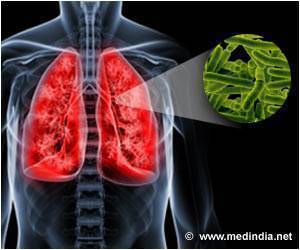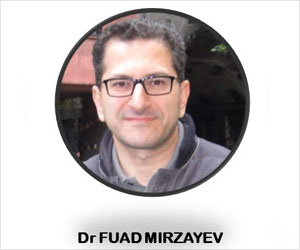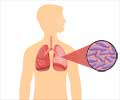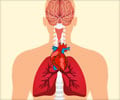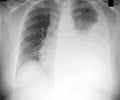Disease onset outside of alveolar macrophages is not only possible, but also important in the pathogenesis of tuberculosis infection.

‘Disease onset outside of alveolar macrophages is not only possible, but also important in the pathogenesis of tuberculosis infection.’





The new study, published online today by Cell Reports, identifies an alternative route of entry that could have significant implications for the development of new therapies to prevent tuberculosis infection. The research team, led by Dr. Michael Shiloh, Assistant Professor of Internal Medicine and Microbiology at UT Southwestern, found that microfold cell (M-cell) translocation is a new and previously unknown mechanism by which Mtb enters the body. M-cells are specialized epithelial cells that transport particles from the airway or mucosal surface to the compartment below the cell. "The current model of disease is that when Mtb bacteria are inhaled, they reach the end of the lung - the alveolus - and then are ingested by a macrophage, a type of white blood cell that swallows and kills invading bacteria," Dr. Shiloh said. "Our study shows that once Mtb bacteria are inhaled, they also can enter the body directly through M-cells that line the airway tissue, and then travel to the lymph nodes and beyond. This is a key finding that suggests disease onset outside of alveolar macrophages is not only possible, but also important in the pathogenesis of tuberculosis infection."
Dr. Shiloh said that this mechanism of M-cell mediated movement of Mtb may help explain an ancient disease called scrofula. In this disease, tuberculosis infection rarely appears in the lung but instead causes disease in the lymph nodes of the neck. Although further studies are necessary, potential clinical applications of the team's finding would involve developing methods or drugs that prevent Mtb from entering M-cells.
For example, Dr. Shiloh said, preventing Mtb from attaching to receptors on the M-cell surface - such as by vaccinating against a bacterial protein - could block the bacteria's entry, infection, and spread to other organs. Dr. Shiloh and his team currently are working to discover the human cell-surface receptors for Mtb that are involved in the bacteria's M-cell translocation, as well as to determine the exact machinery used by the cell to move the bacteria from the surface to the bottom of the cell. "We are taking several experimental approaches to identify the Mtb genes and proteins that are involved in this process," said Dr. Vidhya Nair, study lead author and a postdoctoral researcher in Internal Medicine.
In addition, because the investigators have data indicating that other important airway pathogens that cause acute bacterial pneumonia also may use M-cells to cause severe disease, they are extending their work beyond tuberculosis.
Advertisement
Additional authors who contributed to this study were graduate students Haaris Khan and Chelsea Stamm; Dr. Luis Franco, Assistant Instructor in Internal Medicine; Dr. Denise Marciano, Assistant Professor of Internal Medicine; and Dr. Beth Levine, Director of the Center for Autophagy Research, a Howard Hughes Medical Institute Investigator, and holder of the Charles Cameron Sprague Distinguished Chair in Biomedical Science.
Advertisement
Source-Newswise

